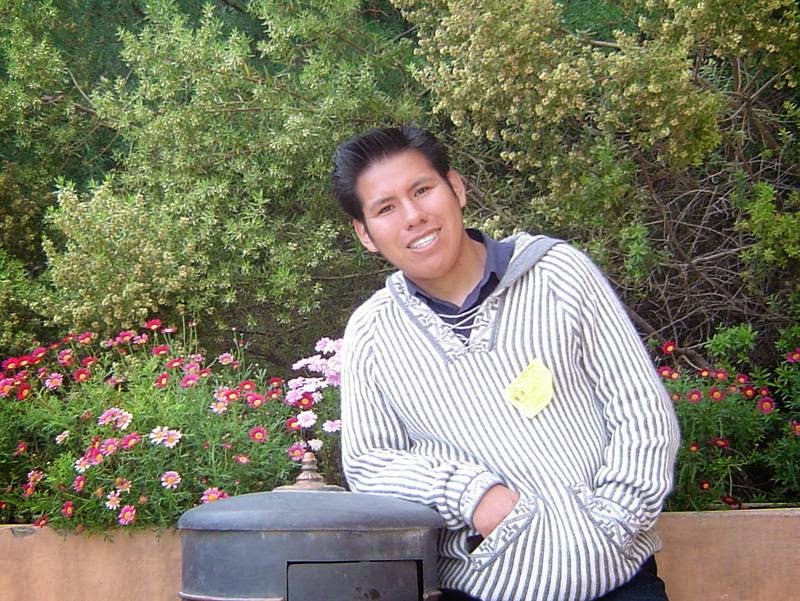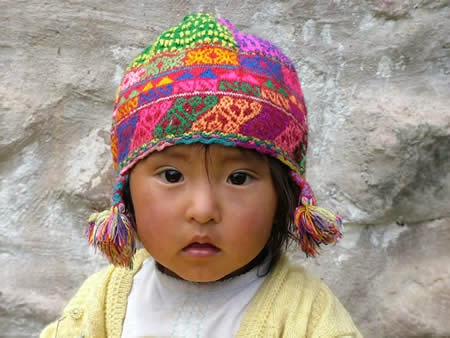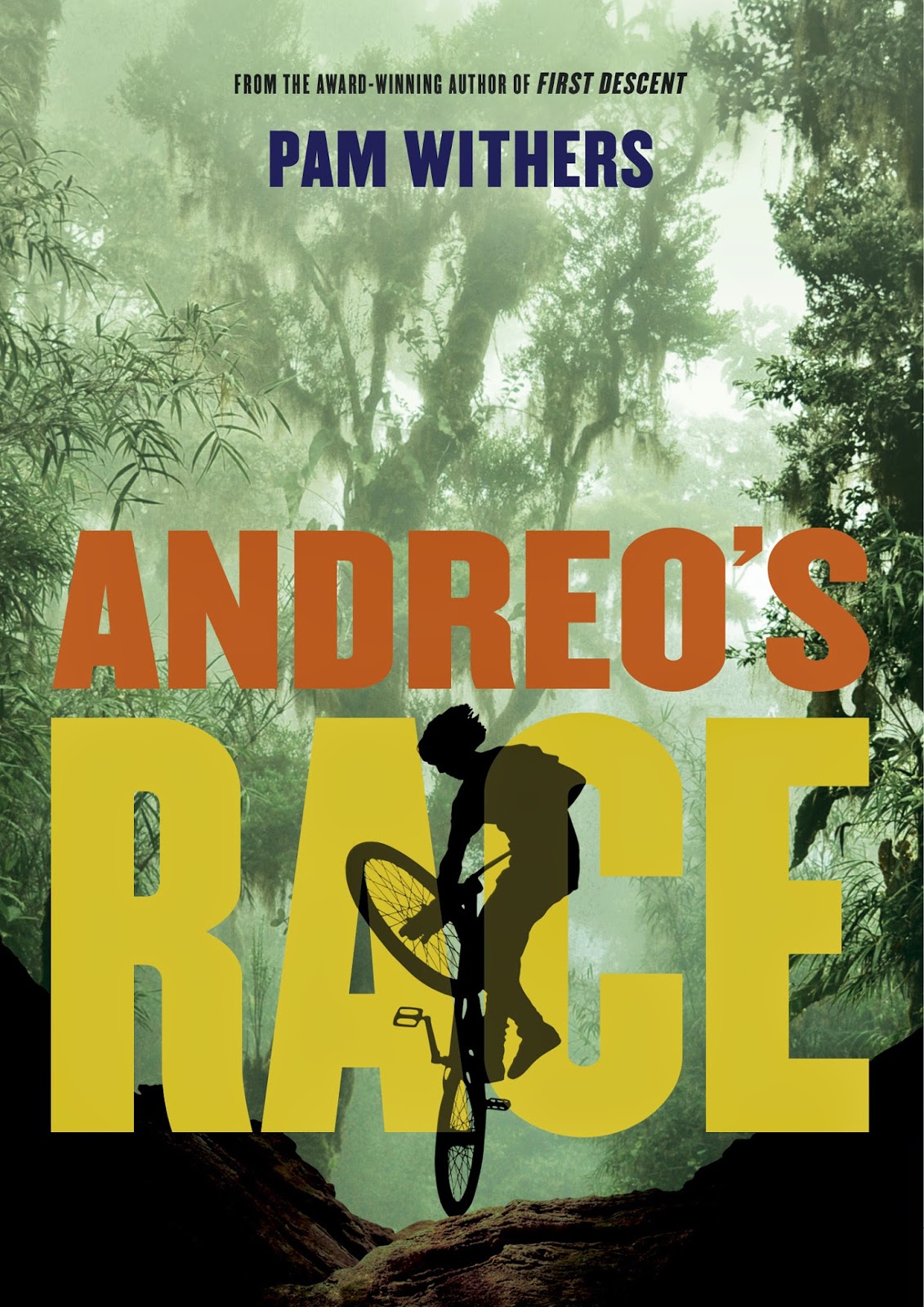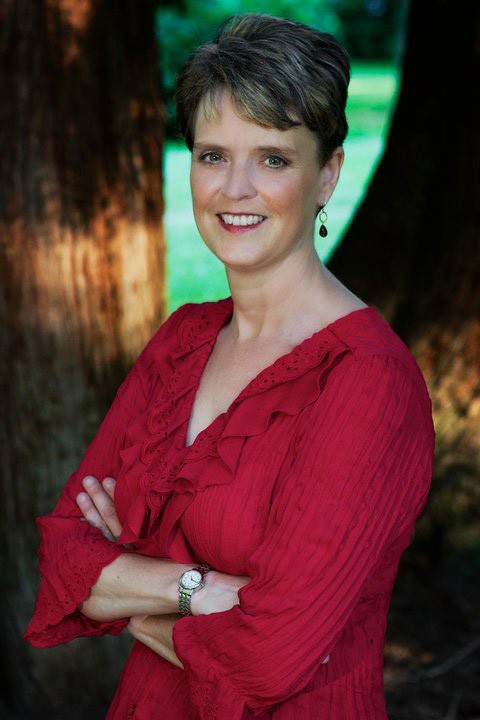 |
| My Bolivian researcher Richie |
|
Hot off the press tomorrow!! My new young-adult adventure novel set in Bolivia: Andreo’s Race. For the story of how it came to be, read on…
Summary: Just as sixteen-year-old Andreo, skilled in death-defying ironman events in wilderness regions, is about to compete in rugged Bolivia, he and his friend Raul (another Bolivian adoptee) begin to suspect that their adoptive parents have unwittingly acquired them illegally. Plotting to use the upcoming race to pursue the truth, they veer on an epic journey to locate Andreo’s birth parents, only to find themselves hazardously entangled with a gang of baby traffickers. Never suspecting that attempting to bring down the ring would endanger their very lives, the boys plunge ahead. Compelling, poignant, and heart-stopping, Andreo’s Race takes readers on a perilous quest to discover the true meaning of family.
To order a copy of Andreo’s Race from Amazon:
http://www.amazon.com/Andreos-Race-Pam-Withers-ebook/dp/B00UQFAC8O/ref=sr_1_1?s=books&ie=UTF8&qid=1427823026&sr=1-1&keywords=andreo%27s+race
The seed for Andreo’s Race came from reading an article on black-market adoptions in my favorite magazine, Foreign Policy: “The Lie We Love” by E.J. Graff, Nov./Dec. 2008:
My mind immediately gravitated to the adopted child’s point of view: What if a boy who has always known he was adopted, learns that the adoption may have been illegal? A typical teen might fantasize that his birth parents are ever so much nicer than his adoptive parents – maybe even that his birth parents have been searching for him for years. What if he had the opportunity to track down his birth parents, or decided to run away from home to do so? But what if, instead of being nicer, they’re actually quite evil?
My first challenge was deciding what nationality my teen would be. After extensive reading on black market baby rings, I narrowed it down to several countries, including Cambodia, Kazakhstan, Guatemala and Bolivia. Since I speak Spanish and the possibility of visiting Bolivia was far more realistic than Cambodia or Kazakhstan, I chose Bolivia. Since it’s no longer easy to adopt from Bolivia, I was “lucky” that my teen would be just old enough to have been adopted back before laws tightened up.
I then immersed myself in reading up on international adoptions and black market baby rings, seeking out personal accounts by the adoptees themselves where possible. Some of the books were sobering indeed. I also watched a heart-touching documentary of an international adoptee seeking out and meeting her birth parents, who basically advised her to love her adoptive parents.
Next I immersed myself in reading up on adventure racing, and found an adventure race organizer to interview and consult with. Then I started wondering where exactly to set the novel in Bolivia, and which sports to include in the adventure race.
As a subscriber to a website that matches individuals who wish to exchange language practice, I started scrolling through those subscribed from Bolivia. I paused when I came across Richie from Cochabamba, given that he listed his hobbies as bicycling, mountain climbing and running. I contacted him to see if he’d like to exchange language practice, and was delighted when he responded.
He was way more competent in English than I was in Spanish, but what amazed me more was to learn, within our first conversation, that he volunteered for a children’s literacy organization. It seemed like we were made for partnering on this project. So I mentioned that I was an author of teen adventure books, and hoped to set one in Bolivia.
“How can you set a novel in Bolivia if you’ve never been here?” he challenged me.
“Well, I hope to visit Bolivia this coming spring, and I also hope to find a researcher there to work with me. Maybe you could help me find a researcher, or maybe you’d be interested?” I asked.
There was a short pause on the Skype line. Then he shouted, “Me! Me! Me!”
So, I explained adventure racing to him, sending him lots of sites to look at.
“This will be my next passion!” he responded.
I asked him where he thought I should set the novel, and he quickly sold me on Cochabamba, for its proximity to national parks and outdoor activities. I asked him if he’d ever been caving at nearby Toro Toro National Park, and he said no, but that he’d be willing to go. I booked him a three-day tour.
And so we began to work together, emails flying back and forth as we agreed on the sports and race route. I named him my “adventure race organizer,” and we continued to concoct the details of our fictional race for months as I began to write the novel.
He named most of my characters. He took a super-bumpy five-hour bus ride to Toro Toro and went caving there, keeping a diary and taking more than eighty photos he sent to me. The diary included minute details of peoples’ dress, market scenes, geography and geology. On a trip to Villa Tunari, he did the same. When he read the first-draft scenes I wrote up of these places later, he asked, “How could you describe these places so accurately without having been there?”
I replied, “Duh! Your diaries and photos!”
When I told Richie about how the protagonist had a hand-knit baby hat, which was his only link with his birth mother, he promptly sent me an internet photo of a colorful hand-knit baby hat:

He also told me he was an adoptee himself, and had a baby outfit from when he was handed over. Seriously, how perfect a match was Richie as my researcher?
In March, I flew to Cochabamba. Meeting Richie after months of skyping with him was so fun. It was like finally stepping through the computer screen and shaking hands. He showed off his city with great pride, organized a driver for us to visit some of the sites in the novel, and read through what I’d written, correcting where appropriate. We visited a village market together, Mercado La Cancha, and he helped me negotiate good prices on sweaters and a woven wall hanging.
 |
| Meeting Richie for the first time in person (I was jetlagged and altitude sick) |
When our driver got stuck in a four-hour traffic jam, Richie jumped out and jogged miles down the road to bring back news of what was happening. When we got stuck at an airport for 11 hours, we sat down with the manuscript and worked on it together. He helped me with my Spanish, and I gave him tons of English practice. We became great friends, and continue to correspond.
More than any novel I’ve written in the past, I feel I “partnered” on this one. Richie was an integral part of it, from beginning to end.
I can’t resist sharing a few paragraphs of his Toro Toro diario (with his permission):
Being inside the bus was like being in a continual earthquake, always shaking. At night I could see many hills surrounding us, some of them really high and dangerous. It was around midnight that I saw a welcome sign at the entrance of town. We passed by the main square and I saw a big dinosaur in the middle of it. Everyone was tired because of the trip. I took a shower in the hotel, went to bed and slept tight. I set my alarm to wake up at 6 and start the adventure earlier than the others.
The air was so pure and the weather was cool. I ran wherever my feet took me. I saw a church up one hill, then went down to the river. I crossed the river to the next hill, went up again and ran. There is not a lot of vegetation this time of year. But the clouds touching the highest hills and the mountains made it look like paradise.
I returned to the town. People were smiling, working, waking up, washing clothes, going to the market. I felt happy to be surrounded by humble people who offer you a smile or a wave even if they don’t know you.
I drank my tea fast and met with the others. The next bus was a 21km trip, two and a half hours, the road really rough. The earthquake inside the bus was even worse than on the bus from Cochabamba.
We finally arrived around 11:30; our bottoms really hurt. All around us were hills, big rocks and some tufts of grass. We walked half a kilometer to reach the tunnels.
The guide told me there are 21 caverns in the zone of Toro Toro. The tunnels were spectacular, really high and shaped by wind and water. One of them is prepared for people who want to get married. We saw stalactites, one called the Virgin (a mother with a baby in her hands), a tree and Christmas tree. There was sandstone and gypsum.
Many years ago there were bats inside the caverns but with tourism they have migrated to other caverns. It was humid and warm. We descended with a rope in some parts, slipping in slippery parts, always holding something not to fall down. There was water going through the cavern, but not much. Deep in, we were like soldiers dragging ourselves through small, narrow cavities. I never was in such a place. I loved the experience. The guide told us to turn our lanterns off and keep silence in the darkness for two minutes. I could listen to the beats of my heart. A nice cascade formed a lagoon where blind fish live.
The humidity was intense. I was sweating a lot!
After a lot of climbing we finally saw the sun’s rays. I could not see straight because my eyes were used to the darkness. Finally I was up, and totally happy. I screamed out “libertad!”
Helping research Andreo’s Race
by Ricardo (Richie) Borda
January 2015
One day, like any other — during my normal routine of studying, exercising and developing my English skills — I received a reply from one of the many language exchange websites I subscribed to. It was from a lady named Pam. I quickly answered back and we scheduled a Skype conversation in order to exchange English and Spanish language practice.
Finally that day came and during our Skype conversation we got to know each other better. We began talking about our respective countries and our dreams of the future. I have always wanted to cycle around the world and to experience different cultures, but being from Bolivia, that dream requires a lot of effort to accomplish. Pam in turn spoke of some of her favorite aspects of Canada and the work that she does. I was amazed to hear about everything she has done during her lifetime. She introduced me to her world of books, with all the adventures that they bring.
After talking for a while, she proposed that I might be able to help her with a book that she had been thinking of writing for a long time. This was a great opportunity that I couldn’t resist. I knew it would be interesting and also challenging but I was ready to face whatever came.
A couple of days later we started to get organized about the work we would do together. Pam put me in charge of the investigation details and provided me with some instructions on what and how I should develop my work. I started out trying to find an ideal setting for where the novel would take place and the possible routes to get there. The novel required places where our protagonists and antagonists can have extreme adventures, like cycling, canoeing, trekking and caving. We had to also take into consideration the distance, weather and what obstacles they could face. Some days later we reached a final decision to select my hometown, Cochabamba. It is where my knowledge can be put to best use and it is also a beautiful region with lots of mountains and a varying climate throughout the region. Most of my work was focused on a province named Toro Toro, partly because there you can find a National Park filled with the remains of dinosaurs. It is quite arid, mountainous and sparsely populated but rich with culture. To help Pam see for herself, I took many pictures to flesh out the details of the story along with an accurate report of all the information I had collected.
Now that the preliminary part of the novel was finished, it was time to work on the story. Pam has an amazing natural talent to create stories, and the short amount of time it takes her is impressive. It was a great pleasure to help her work on the novel. I can say that I learnt a lot from her experience and wisdom. As a final point I would like to thank her for everything.





